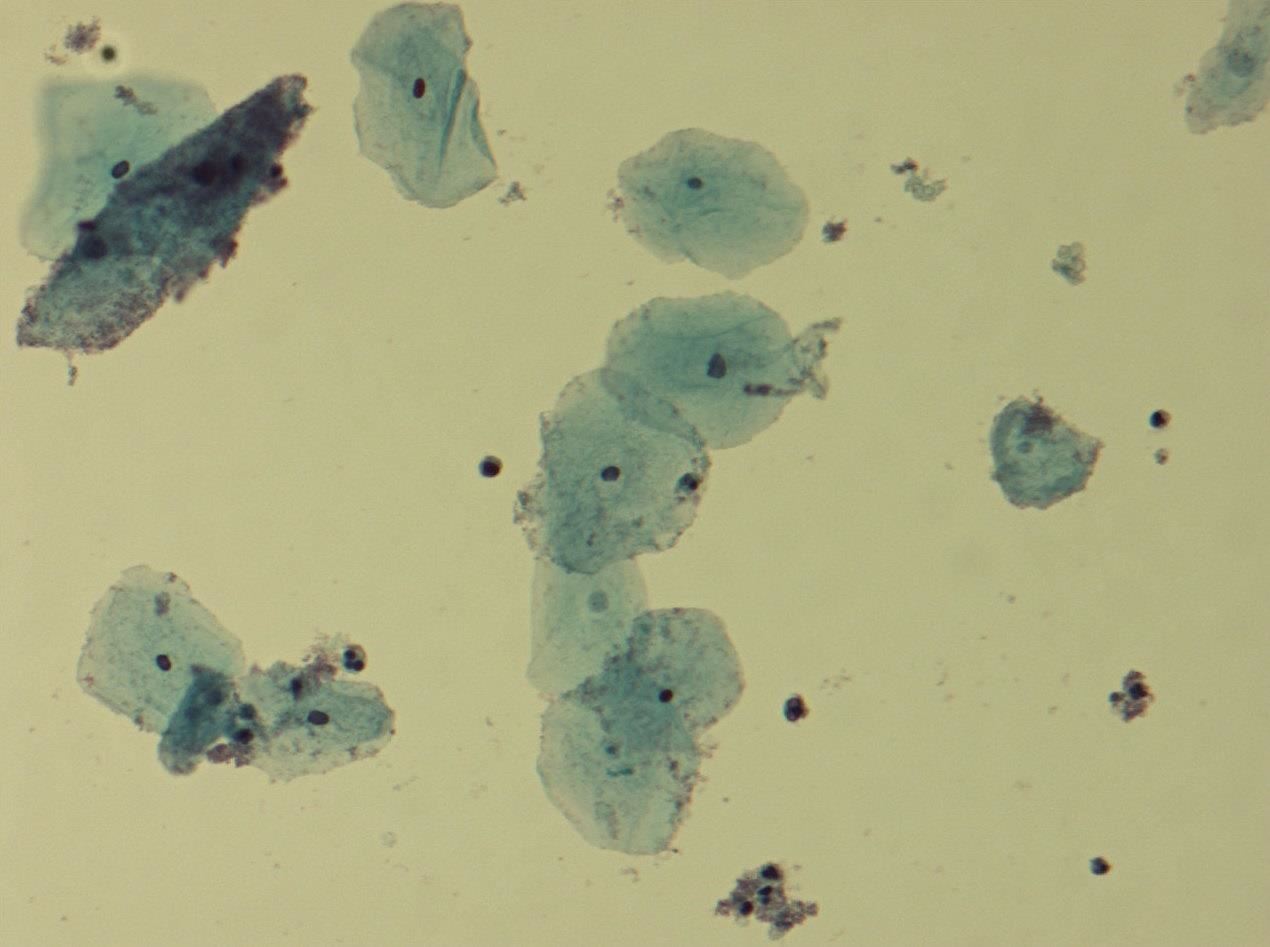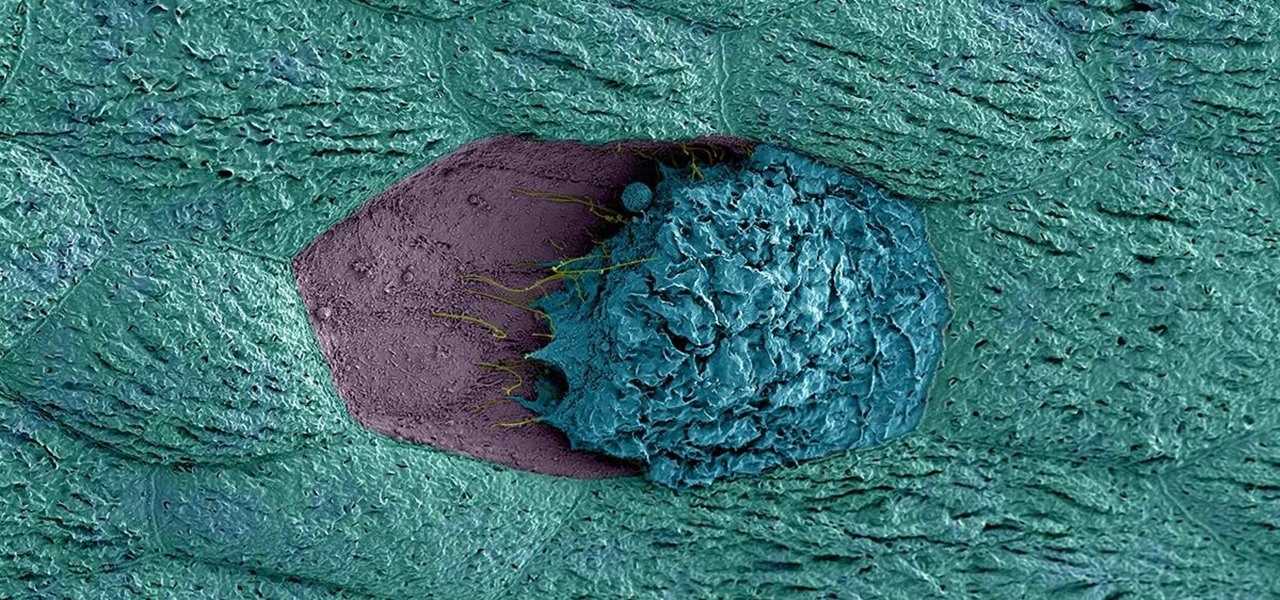Most females have had at least one urinary tract infection in their lifetimes. Recurrent UTIs are particularly problematic in young, sexually active women, where about 80% of the infections are caused by the bacteria Escherichia coli, better known as E. coli.
Most scientists, doctors, and UTI sufferers thought that recurrence of UTIs was likely due to reintroduction of E. coli—a normal gastrointestinal tract bacteria—into the urinary tract during sex. But as it turns out, they were all wrong.
Researchers from the Washington University School of Medicine in St. Louis have just reported finding a vaginal bacteria that has a role in triggering these types of recurrent UTI infections. They even pinpointed the right antibiotics to use to get rid of them. The research, by authors Nicole M. Gilbert, Valerie P. O'Brien, and Amanda L. Lewis, was published online in PLOS Pathogens.
Building on an observation that Gardnerella vaginalis—a bacteria that can cause a bacterial vaginosis infection—is often associated with UTIs, the study team looked to see if the bacteria actually had a part in the development of recurrent UTIs.
The researchers created UTIs in female mice by infecting their bladders with E. coli, then they let them recover. One month later, no E. coli was detected in the animals' urine. While that usually indicates a UTI is cured, previous studies had shown that E. coli could still be hiding out in the bladder at levels too low to detect.
After they had recovered, the scientists tested different ways in which the UTIs might remerge. The bladders were inoculated with either a normal vaginal bacteria, Lactobacillus crispatus, the vaginal infection-causing G. vaginalis, or sterile saltwater.
Both kinds of vaginal bacteria were gone from the mice bladders within 12 hours of inoculation. But in that short amount of time, some of the UTIs returned; E. coli was detectable in the urine of more than half the mice given G. vaginalis. Mice given saline or the normal vaginal bacteria, L. crispatus, were about five times less likely to get another UTI, compared to the mice given G. vaginalis.
"The mice are not being reinoculated with E. coli. Instead, the bacterial reservoirs already in the bladder emerge out of the tissue, multiply and cause another infection," said O'Brien in a press release.
The G. vaginalis damaged the cells on the surface of the bladder, allowing E. coli from a previous UTI to start to multiply again, and cause another UTI. These sneaky bacteria basically give the E. coli a hand in reinfecting the urinary tract by damaging the bladder, and creating the right conditions for the UTI to reemerge.

The study also found that G. vaginalis in the urinary tract of mice could cause kidney disease and severe kidney damage by reactivation of latent E. coli . The researchers felt G. vaginalis could put some women at risk for developing these problems, too.
Antibiotics are prescribed to treat women with UTIs, but the ones usually prescribed for a UTI aren't effective against bacterial vaginosis. The researchers suggested that infection with G. vaginalis should be tested for as well—in the urine and vagina—and treated separately to fully rid the patient of their recurring UTIs.
Getting rid of recurrent E. coli UTIs and preventing potential serious kidney disease may depend, at least partly, on getting rid of G. vaginalis.
The Recurrent UTI Problem
Millions of women experience recurrent urinary tract infections. One study of college women with a first UTI reported that 27% had at least one recurrence of their infection in the six months after being treated.
UTIs usually develop in the bladder when bowel bacteria finds its way into the urethra, the opening of the urinary tract. Antibiotics are prescribed to treat the infection, but with each new infection the risk for antibiotic resistance increases.
The Mayo Clinic suggests some ways to help prevent UTIs:
- Drink plenty of liquids, especially water, to keep bacteria flushed from your urinary tract before an infection can begin.
- Wiping from front to back after urinating, or after a bowel movement, helps prevent bacteria in the anal region from spreading to the vagina and urethra.
- Empty your bladder soon after intercourse. Also, drink a full glass of water to help flush bacteria.
- Avoid potentially irritating feminine products.
- Change your birth control method. Using a diaphragm, un-lubricated, or spermicide-treated condoms can contribute to bacterial growth.
Preventing UTIs in the first place is best and these suggestions may help, but once a women has a UTI, past research has told us that E. coli may remain in the bladder at undetectable levels, despite our best efforts. And the new research by Gilbert and colleagues has shown that the vaginal bacteria G. vaginalis may reactivate a bladder infection with E. coli .
This study could change the way we think about and treat recurrent UTIs. That treatment may depend on treating both the E. coli bacteria causing the UTI and the vaginal bacteria helping the E.coli reinfect.
Just updated your iPhone? You'll find new emoji, enhanced security, podcast transcripts, Apple Cash virtual numbers, and other useful features. There are even new additions hidden within Safari. Find out what's new and changed on your iPhone with the iOS 17.4 update.






























Be the First to Comment
Share Your Thoughts